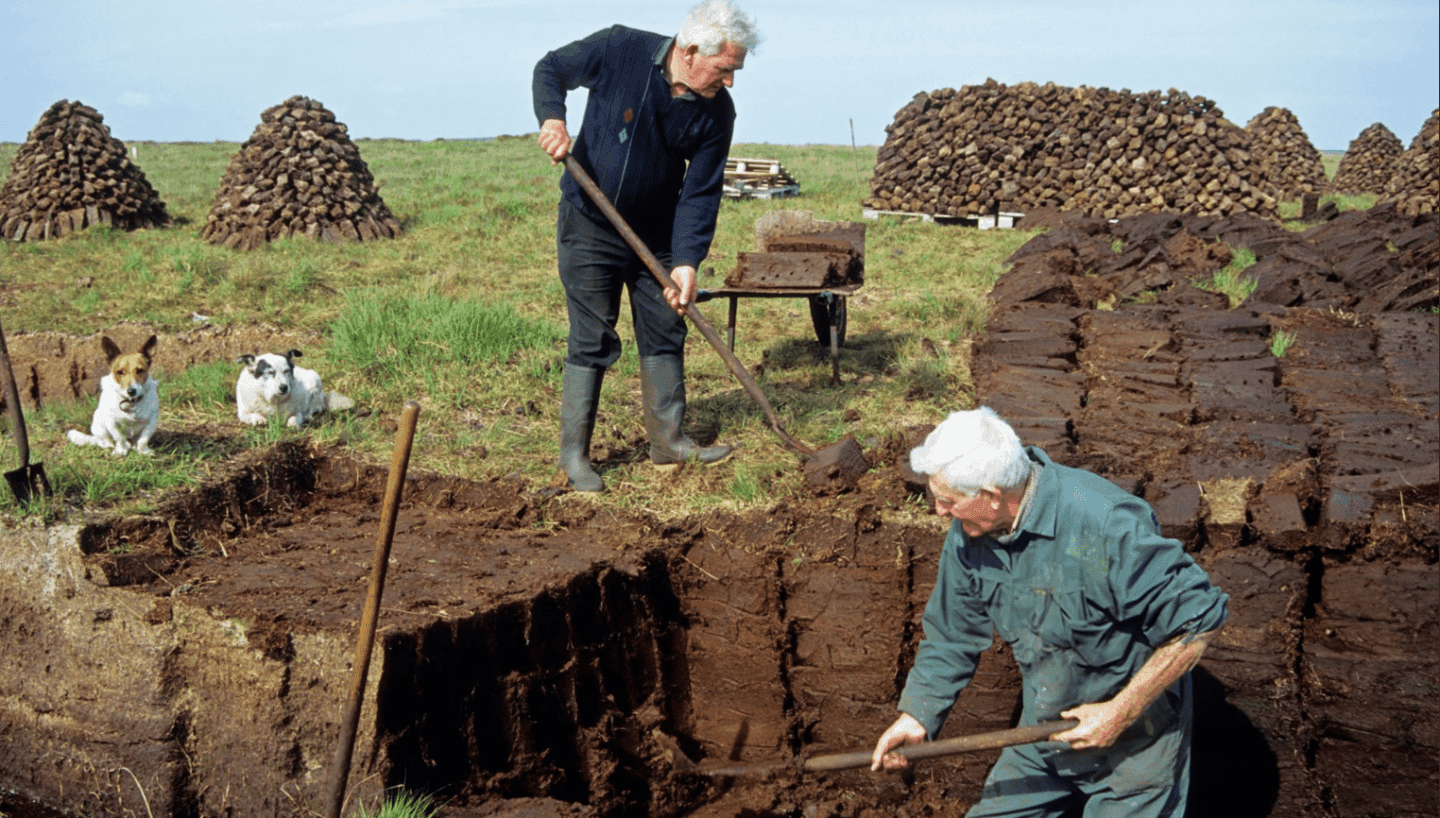
Welcome
Create your free Unicorn account to bid in our legendary weekly auctions.
By continuing, you agree to the Unicorn Terms of Use, Privacy Policy, Conditions of Sale, and to receive marketing and transactional SMS messages.
Already have an account?

Let’s get you approved to bid
To place your first bid, you’ll need to get approved to bid by confirming your mailing address and adding a payment method
The 4-Minute Guide to . . . Peated Whiskey Beyond Scotland
Islay doesn’t have a lock on peaty whisky. You can find the smoky stuff as far afield as Taiwan, Australia, and the U.S.
Susannah Skiver Barton · Oct 04, 2024

Everyone remembers their first sip of Laphroaig—even if it’s with a shudder. The intensely smoky single malt, redolent with flavors of iodine and seaweed, is sometimes described as tasting like a burning hospital. That’s thanks to peat, the decomposed and compressed plant matter that’s used to dry and flavor the malted barley before it gets made into whisky.
Laphroaig represents the gnarly side of peated whiskies, one that’s expressed by other Islay distilleries like Ardbeg and Bruichladdich. But there’s a whole spectrum of smoke and peat flavor in Scotch whisky, from the heathery sweet peat of Highland Park and woodsy campfire of Benriach Smoke Season to the wispiest little whispers in Old Pulteney.
And beyond Scotland, peated whiskey is popping up at distilleries around the globe, from Germany and France to Taiwan, Tasmania, and all over North America. Despite some folks’ strong aversion to it, peat’s phenolic intensity seems to be more popular than ever these days. A tradition that started hundreds of years ago is taking on new life as distilleries far from the Highlands pump peat into diverse distillations.
Why Even Make Peated Whiskey?
Given peat’s polarizing nature—it’s very much a love-it-or-hate-it flavor—one wonders why it anyone every thought of peated whiskey in the first place. The answer is simple: it was a matter of necessity. Barley, the primary grain for most early Scotch whisky, has to be malted before it can be fermented and distilled. Part of that process involves wetting the grain, letting it sprout, and then drying it.
And what was burned to create the heat that dried the barley? Peat, the most inexpensive and available fuel source in most of Scotland—especially rural areas, where a lot of whisky was made. Even after the whisky industry adopted modern energy sources, many distilleries continued to use peated malt to maintain the expected flavor profile of their whisky.
Okay, But Why Peat in Places Outside of Scotland?
Because scotch sets the standard for single malt worldwide. And a lot of people really do like the flavor of peat! So single malt distilleries in other countries, hoping to attract scotch fans to their whiskies, often make some peaty stuff too.
Scottish Peat Gets Shipped Just About Everywhere
Or, more specifically, Scottish peated malt. Shipping actual peat opens up a whole can of environmental worms that most distilleries don’t want to deal with—think of the restrictions on, say, bringing back fresh produce from overseas, and then magnify them. Still, a few distilleries do bring peat in directly, like India’s Paul John and Amrut, who use it to smoke locally grown six-row barley.
But if the grain itself has already been malted and dried over peat, it can go anywhere hassle-free. So anyone looking to add a smidgen of smoke to their whisky just imports the ready-made grain. Kavalan in Taiwan, Hakushu and Yoichi in Japan, and Warenghem in France, which makes Armorik single malt, all use imported Scottish peated malt, as do many other distilleries. Even Ireland, a place that also has its own peat tradition, turned to Scotland for peated malt for decades, as there were no malting facilities in the country that could handle peat until recently.
But Local Peat for Whiskey Is Becoming a Thing Too
Things are changing in Ireland, though, as distilleries like Waterford and Sliabh Liag are now using local peat for their whiskies. As are others! Peatlands cover about three percent of the earth’s surface, and in places where it’s legal to harvest the peat, distillers are taking full advantage. The location and type of vegetation that makes up the peat vary, and thus so do the flavors created in whisky. Local peat means unique flavor—sometimes supplemented with other flavoring fuels like heather or seaweed.
Australia has proven to be a rich source of peat, especially in Tasmania, where distilleries like Lark and Waubs Harbour make Tasmanian peated single malt. On the mainland, in Western Australia, Limeburners uses peat from Walpole’s Valley of the Giants for its whisky. In some cases, the distillers do a secondary smoke process, imparting peat flavor after the barley has been malted.
Europe has peatlands too, and distilleries like Stauning in Denmark, and Spirit of Hven and Mackmyra in Sweden are taking full advantage for their single malts and other whiskies.
In the United States, Westland in Seattle, Chicagoland’s Thornton Distilling, and Maine Craft Distilling are all making whiskey with local peat-smoked malt. A Minneapolis distillery, Brother Justus, uses Minnesota peat not to smoke its grain, but as an infusion in the spirit, giving the whiskey an unusual and unique character that’s entirely devoid of smoke.
There’s Even Peated Bourbon Nowadays
And rye too. This isn’t as weird as it seems! American whiskey mashbills almost always include malted barley—so if it’s peated, so what? It’s a variation that adds something different to the flavor profile without upsetting tradition. At least, not too much. Kings County Distillery makes a popular peated bourbon, and even Buffalo Trace has jumped into the bog.
When peat makes it to the Pappy mecca, you know it’s bigger than scotch.
Want more whiskey in your inbox? Sign up for NWR’s new whiskey-focused email newsletter.

extendedBiddingModal.title
extendedBiddingModal.subtitle
extendedBiddingModal.paragraph1
extendedBiddingModal.paragraph2